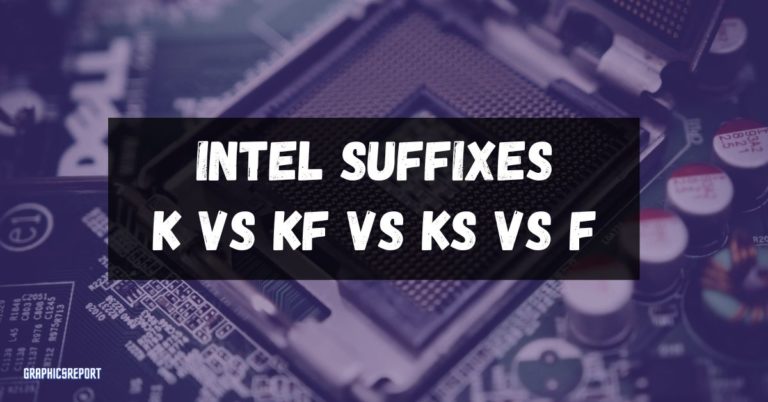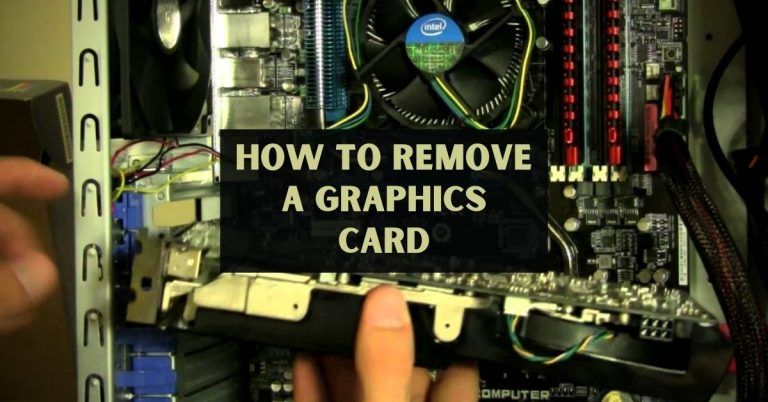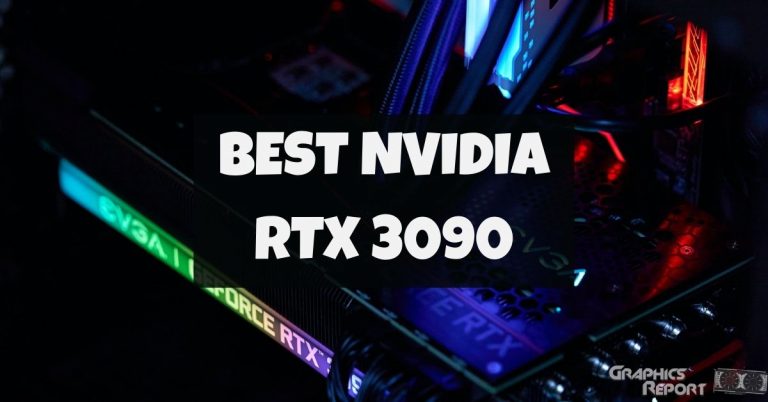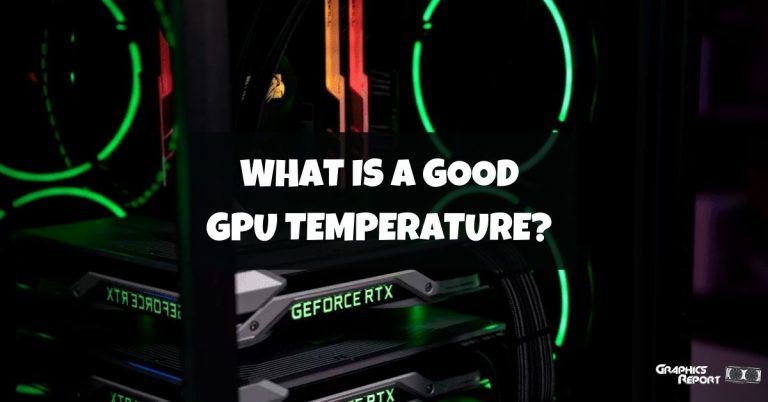
GPU or Graphics Processing Units are the processing cards becoming so heavy with technology that their size is the biggest drawback. They keep getting larger and heavier as the technology improves.
The only point of contact between a GPU and motherboard is in the PCI-e slot, and since only a small area of the card is supported by the slot, the weight of the card bends downwards, which is when the GPU sag happens.
The sag can seriously damage PC operations or be harmless because of just a slight bend. And this usually happens because just two points are not enough to hold the graphics card in the PC case.
One of those points is the PCI-e lane, and the other is the backside of the case, which has the card secured with screws. So if someday you open the backside of your PC and see some bending, it might hurt to see that your beloved PC is suffering. That is why every PC owner needs to know how to spot GPU sag and how to fix it.
What Is GPU Sag?
GPU sag is when the GPU becomes too heavy for the slot and PCI-e bracket to hold in place. This makes a bend towards the end of the GPU, which is its weakest point as there is no support at the backside.
This issue has become more common as GPUs evolve with technology improving every day. In the past, the issue of GPU sag was not even a thing.
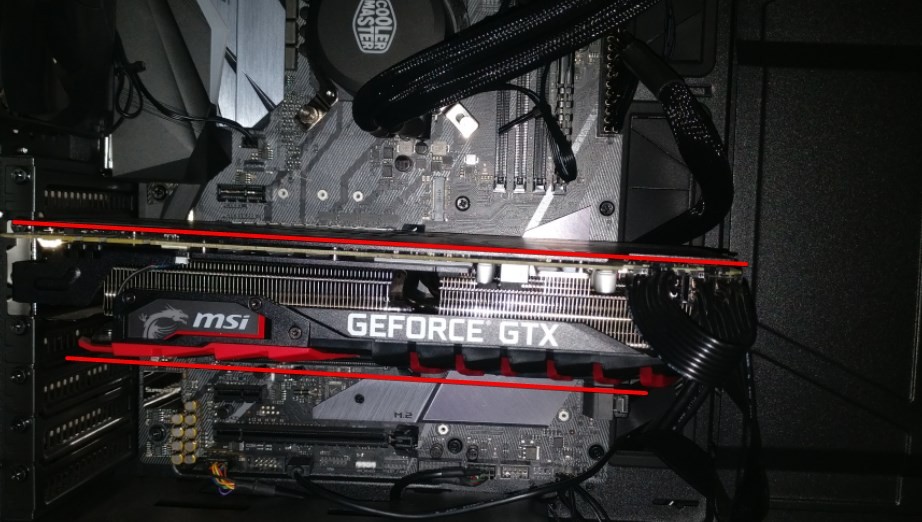
Because the GPU wasn’t heavy enough to sag, and both slots were enough to hold it in place. But, now that the GPUs size is getting bigger, so is the problem of sagging.
For example, a simple card like RTX 3090 is a beast of a card. And it doesn’t take a genius to determine that the poor little PCI-e slot and brackets won’t be able to hold it.
I think that the issue here is that card is getting bigger, but not many manufacturers are making the PCI-e slot and brackets according to the GPU’s requirement. So one thing keeps getting advanced, while the other remains the somewhat same.
But, how bad is GPU sag for your PC?
Is GPU Sag Bad?
If GPU sag is just a small bend and is not hanging for more than 45o, it is harmless. But, if it is bending too much, it is a sign of worry, and you should get it looked at.
Mostly, the manufacturers consider the different kinds of stressors that may damage the PC. They manufacture it considering how much stress GPU can experience and to which extent before exerting excessive weight on the system.
So, until the GPU isn’t putting too much weight on the slots, it is not dangerous, but it is also NOT aesthetically pleasing. If you don’t like how your PC looks with a slight bend, you can fix it but dangerous yet for the PC.
GPU Sag: Here Is How To Fix It
As you already know that minor sagging doesn’t require fixing. In severe cases, you have to try and fix the sagging or find additional support for it. There are many ways to fix the GPU sag, you can either ask a professional to do so, or you can also fix it yourself at home.
There are a number of DIY solutions you can choose from to fix your GPU sag. However, the good thing is that none of these solutions are difficult to do, so you can relax a bit before we start with the solutions. Let’s take a look at a few of the solutions:
#1- Use GPU Sag Bracket Or Brace
Many companies make GPU support braces or brackets that come in many different forms, but they all do one thing: to support GPU enough to take some weight off the slots.
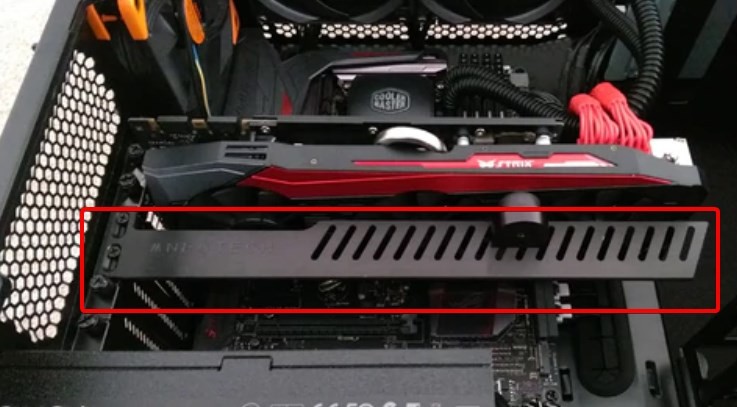
Some braces can be screwed into the case for the GPU to rest on, while some braces are like poles with arms to support the system.
If you choose the pole, its base will be on the PC case while its hands will be under GPU for support. It is super easy to install a brace: here is how:
- Remove the side panel of the PC case and locate the GPU screws (the ones which hold it in place)
- Ensure that there is space under the GPU and a free slot on the case where you will put the brace.
Screw the brace in the free slot to support the weight of the graphics card above. (some braces only need one slot for installation, while others might need three slots to attach to the case; it depends on which kind you choose)
#2- Mount Your GPU Vertically
Most PC cases have the option where you can mount them vertically. This means that the GPU will come into an upright position instead of being flat, and it will remove weight from the slots because of the change in center of gravity.
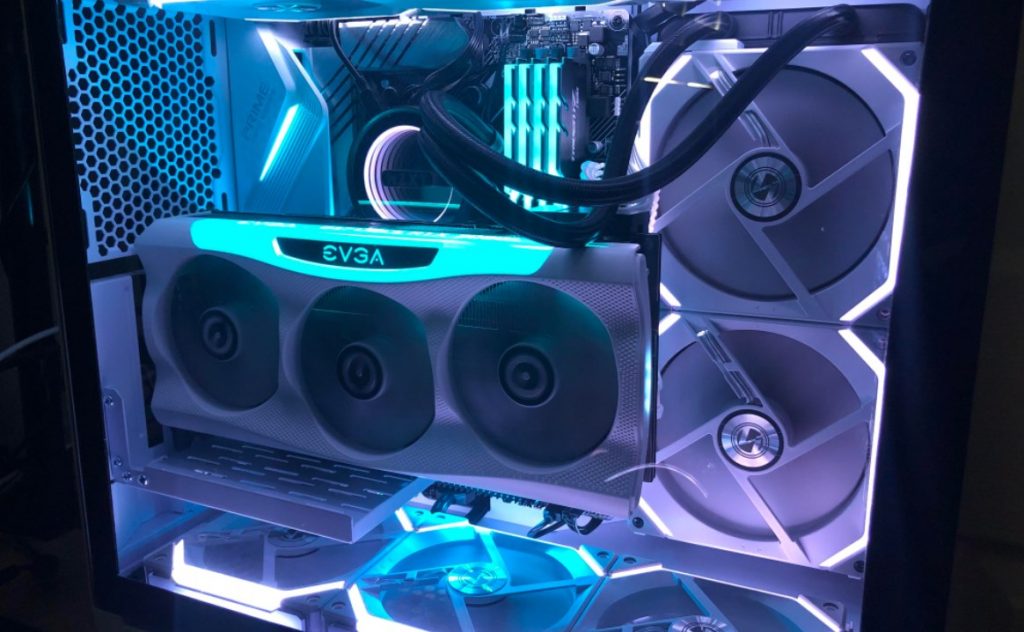
There are also some vertical brackets available that can hold the GPU erect, and this way, you can save the brackets from bending.
Remember, vertical mounting is only possible if your case allows it, and it will also require a PCI-e riser.
#3- Support The GPU With PCI cables
One of the most common solutions to deal with sagging is to use the things you already have. For example, you have power cables that connect the GPU to the PSU. You need to route the cables from above the card, which will take off some, if not all, its weight.
However, this is not a permanent solution, and if you are too worried about sagging, you need to get it properly fixed because soon, the cable’s tension will give in and bring the GPU to its original saggy state. Also, it doesn’t look good.
This is a temporary solution and if you want something permanent, try some other solutions that we discussed.
Related reading: How to remove a graphics card like a pro?
#4- Building Blocks
Lego and other building blocks are an easy and effective solution against GPU sagging. They will support your GPU’s heavyweight and will also look pretty amazing.
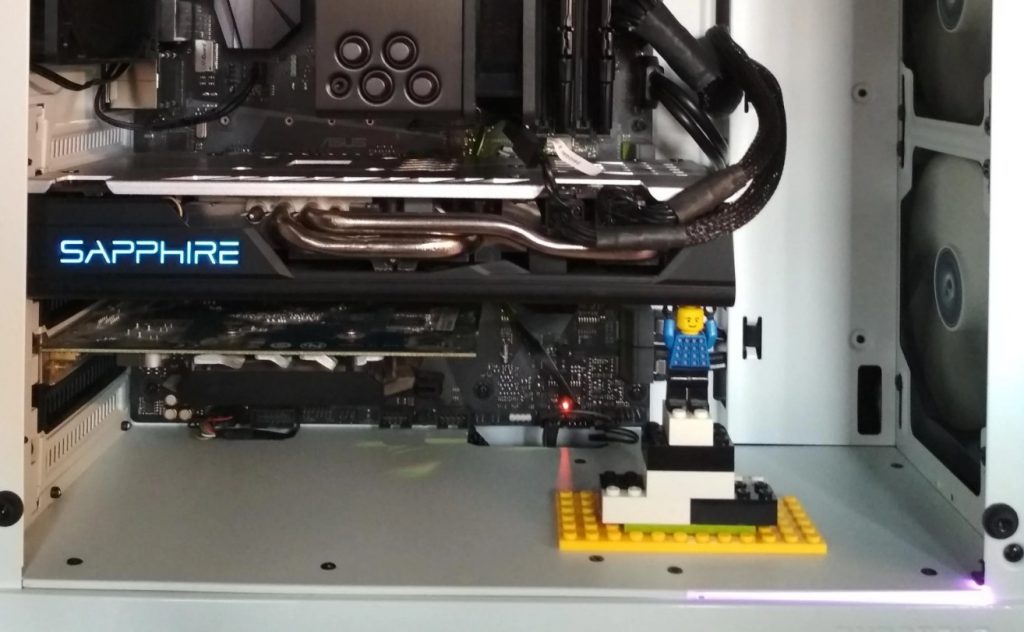
In addition, you can make a complicated structure or make a simple tower to put under the GPU. This solution is not only easy, but it is also super cheap and super aesthetic.
If you don’t have Legos around, you can also use some toy figures or any other item that might support the GPU card and take the load off the slots.
More reading: What is crossfire and is it worth it?
#5- Tying The GPU
Tying the GPU is another useful solution that will take away your sagging worries. You can use a strong string or fishing wire to tie the card for support. You just have to tie one end of the wire to the GPU and the other end to the top of the PC case.
Another thing you can do is to make a tight swing with the threat and put the GPU on it so that it rests on the thread with all its weight. In both cases, your thread or wire needs to be super tight. However, this is not a professional solution.
#6- Custom 3D Print
This is one of the most time-consuming options, and it also requires a lot of technical knowledge to get what you want.
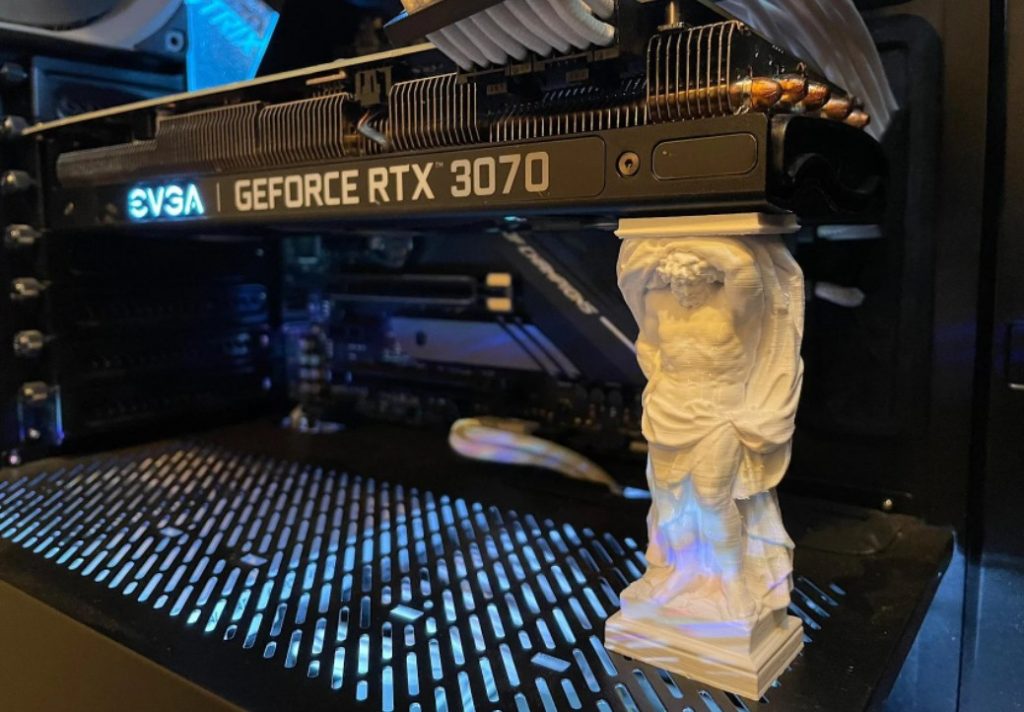
But, you can print your own customized brace for GPU sagging. Then, you can craft anything and everything. The only thing you need is to know how to work with a 3D printer.
Then, you can print figures, creepy arms, or maybe cute accessories to hold the GPU in place so that it doesn’t drop.
#7- Change Case Position
The final solution for you is to change the host case’s position. For example, if your PC is currently standing vertical, then make it horizontal and if it is horizontal, then make it vertical.
You should make the unit lie on the flat side in such a way that the GPU is on the top. This will prevent sag from happening.
My Final Thoughts On It!
You must now know what GPU sag is and how it is caused. You must also know that there is nothing to worry about if the sagging is not extreme because a little bit of sagging won’t hurt your PC.
When we buy something we love, even a small scratch makes us sad. Similarly, in this case, you are bound to get worried when you see that a part of your PC is bent (especially if you don’t know what it is and how it happened). But, once you find out that it is a GPU sag and nothing unfixable, you can relax a bit.
The sagging is such a common problem that many solutions are available to fix it (more than we mentioned). So, there is no need to take your pc and rush to the PC store to get it repaired as soon as you see slight bending because the chances are that you can fix it yourself.

